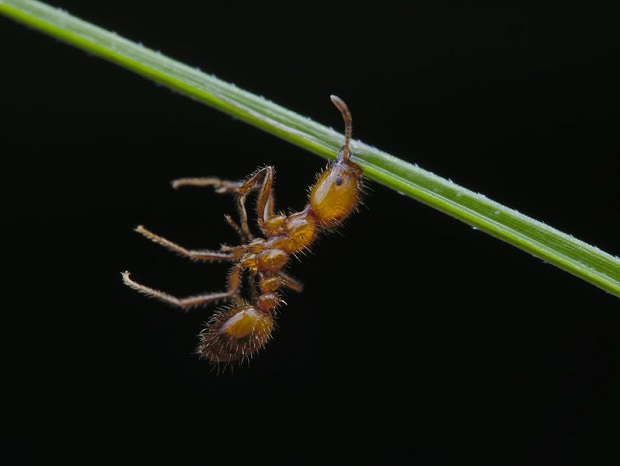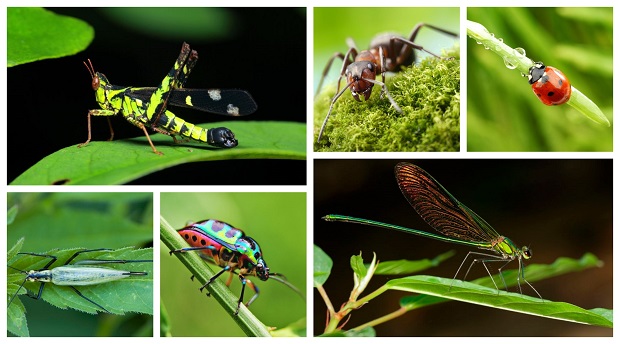
Do Ants Sleep?
Ants sleep. In fact, ants are supersonic “power nappers.” Queen ants take an average of 92 naps per day, averaging 6-minutes each for a combined total of 9.4 hours of sleep. In contrast, the workers average 253 naps per day that last for only 1.1 minutes each for a combined total of 4.8 hours of sleep. It is not uncommon at any one time for 20% of the workers to be sleeping while 80% continue to work around them.
They scurry about working diligently hour after hour, causing you to wonder if ants ever stop to sleep. Little was known about the sleep habits of ants until now. Thanks to etymologist Dr. Deby Cassill and colleagues from Florida State University, we now know that ants do sleep in a manner faithful to their colony caste behavior. The findings of this first study on ant sleep habits can be found in the Journal of Insect Behavior.
Caste Sleep Patterns

Ants do sleep but not in the manner of everyone in bed, lights out for the night. Instead, they take turns taking short naps at intervals throughout the day and night.
True to the caste behavior present in an ant colony, it is the workers’ job (sterile females) to protect the queen and, in the case of sleep, to ensure that she gets enough beauty rest. The workers take turns taking a quick snooze while the queen sleeps more deeply. It is not uncommon at any one time for 20% of the workers to be sleeping while 80% continue to work around them.
How Long Do Ants Sleep?

Queen ants take an average of 92 naps per day, averaging 6-minutes each for a combined total of 9.4 hours of sleep. They appear to sleep deeply enough to enter the rapid antennae movement (RAM) sleep phase, which is equivalent to the rapid eye movement (REM) stage of sleep for humans.
In contrast, the workers average 253 naps per day that last for only 1.1 minutes each for a combined total of 4.8 hours of sleep.
Where Do Ants Sleep?

When worker ants are ready to sleep, they simply stop in place, fold up their antennae, and snooze. During the sleep episode, they are unresponsive to the surrounding ants. The ants that fall asleep on the ceiling or the wall sleep longer than those that have fallen asleep amid the hubbub of activity on the floor.
The queens huddle together when they sleep, and all sleep and wake at the same time.
Resources
Cassill PhD, Deby, and et al. “Polyphasic Wake/Sleep Episodes in the Fire Ant, Solenopsis Invicta .” Journal of Insect Behavior 22.4 (2009): 313-323. Print.





